
August 11, 2025
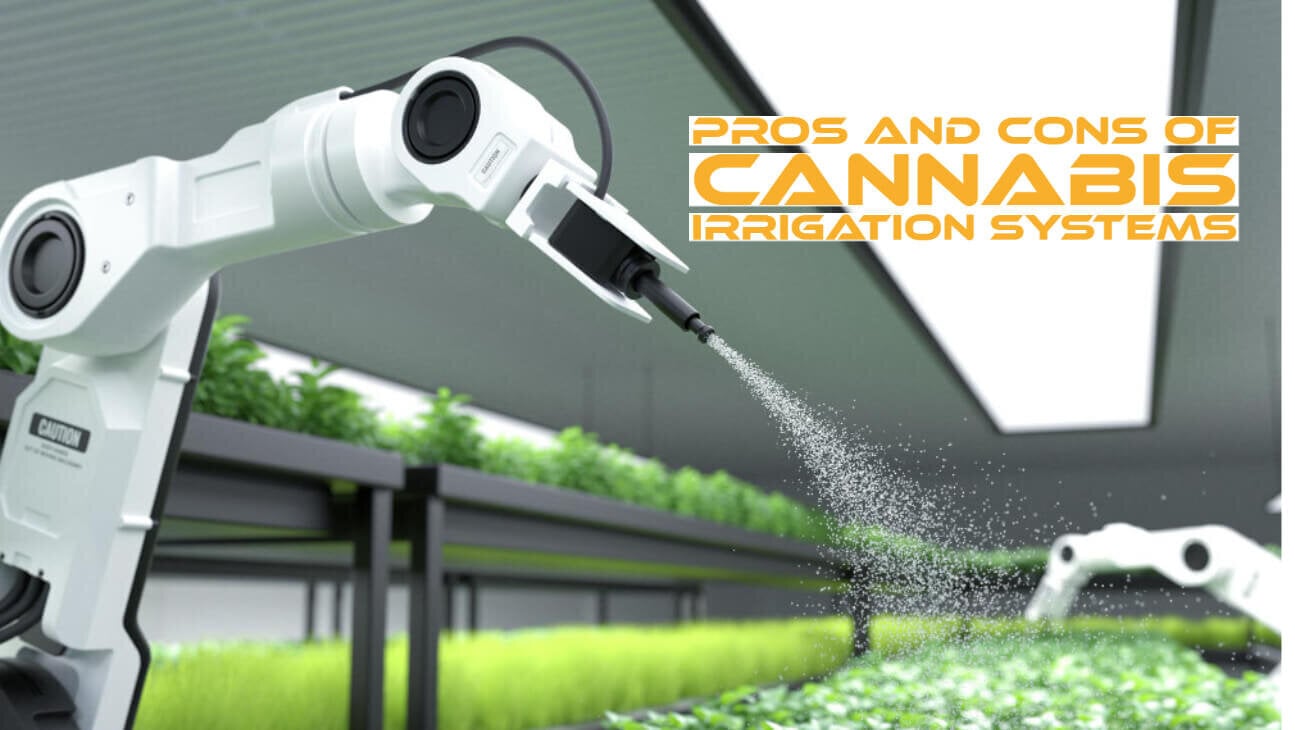
Cannabis irrigation supply is one of the most important aspects of cannabis production, as it affects all stages of growth and development. Proper cannabis irrigation system will keep cannabis plants healthy and vigorous, ensuring they reach their full potential. The amount of water cannabis needs depends on the stage of growth: seedlings require light watering, while flowering and fruiting cannabis requires a more rigid irrigation schedule.
To meet these needs, cannabis growers should purchase quality irrigation supplies that can deliver the necessary quantity and frequency to ensure the plant’s health. Additionally, knowledge of cannabis-specific irrigation methods is essential for successful cannabis production.
Following best practices for cannabis-specific irrigation systems can ensure that your cannabis yields high-quality buds with maximum potency. Cannabis irrigation is an essential part of cannabis cultivation that involves providing water reservoirs to cannabis . Not only does a good irrigation system ensure cannabis thrive and grow, but it can also help prevent disease spread among cannabis crops.
Traditional irrigation techniques such as furrow irrigation, drip irrigation, and sprinklers can provide cannabis with the necessary amount of moisture they require, allowing them to reach their peak yield potential. Additionally, proper soil preparation and pest management techniques should be employed when irrigating cannabis crops to ensure a successful harvest.
Irrigation has a rich history of use in cannabis agriculture, dating back to the cannabis boom in the 1970s when cannabis growers began utilizing irrigation systems. Due to cannabis’ preference for warm and dry climates, cannabis farmers started using localized water reservoirs and hand watering system to optimize crop growth.
This led to the development of automatic drip systems adapted from sprinkler equipment used to irrigate orchards and row crops. Such cannabis irrigation systems allow cannabis growers greater control over their crop's environment because they can adjust watering intervals to provide different amounts of water at various parts of a cannabis farm to perfect the growth process.
In today’s cannabis industry, more sophisticated irrigation systems are available, all with varying levels of automated irrigation system and tailored specifically for different types and sizes of cannabis farms. Irrigation techniques have come a long way since cannabis cultivation first began, making it easier than ever before for cannabis farmers to grow big yields in tricky weather conditions.
Having an irrigation system in place is essential for cannabis growers who are looking to maximize their crop yields without compromising quality. Not only does an effective irrigation provide cannabis with the necessary water and organic nutrients, but it can also help optimize root growth and prevent over-watering.
Additionally, automated irrigation offers users more convenience and control over the watering of their cannabis crops than traditional hand watering methods, leading to increased savings in time and labor. Through proper use of an irrigation system, cannabis growers are ensured of a high-quality end product that meets their needs.
During its flowering stage, cannabis requires more frequent irrigation than when it is vegetative; setting up a timed watering system allows growers to ensure that cannabis always have enough water flow to help them reach full maturity.
Additionally, water delivery systems should be properly pressurized and regulated — too little pressure can lead to under-watering while too much pressure can damage cannabis and decrease their yields. In short, a proper irrigation system is critical for cannabis growers: it increases a farmer's potential harvest while ensuring that it is full of flavor and strength.
Cannabis cultivation is becoming increasingly popular due to cannabis’s medicinal and recreational benefits, along with advancements in cannabis processing and product development. Use of proper Irrigation is an important part of cannabis production since the amount and timing of water flow and the nutrient uptake can significantly impact a crop’s overall yield.
Cannabis growers must know the different types of automatic watering system available and how each will affect the cannabis crop. Depending on their particular grow setup, cannabis farmers may select from drip irrigation, subsurface irrigation, and overhead irrigation systems. Drip irrigation is considered the most efficient system since it minimizes water usage through more direct applied water delivery and prevents bad bacteria that can accumulate during overhead watering.
Subsurface irrigation methods are best for environments prone to heavy wind, while overhead sprinkler systems provide minimal labor costs due to their automatic watering system. Careful consideration should go into selecting an appropriate cannabis-specific type of irrigation to ensure successful cannabis farming of individual plants all season long.
The following are various types of Cannabis Irrigation Systems.
The cannabis industry has been revolutionized recently with the introduction of Deep Water Culture (DWC) irrigation systems. DWC systems provide cannabis growers with an easy and efficient way of automatic watering system. This revolutionary system relies on a submersible water pump that draws water from a reservoir below the growing tray.
The cannabis roots are permanently suspended in nutrient-rich water, ensuring they receive all the nutrients they need to thrive without ever needing to be soaked or watered manually. With modern control systems, cannabis growers can precisely control water temperature, pH, and EC levels within the rooting tray for perfect environmental conditions for optimal cannabis growth.
Once cannabis crops have been planted and connected to a DWC irrigation via their nutrient solution, growers can rest assured knowing their plants will receive what they need to grow big and strong all season long.
Growing cannabis using a Deep Water Culture (DWC) system can offer an enticing combination of convenience and control for cannabis connoisseurs. By suspending cannabis plants' roots in a nutrient-rich water solution, this innovative hydroponic cultivation technique allows cannabis growers to easily monitor and adjust the health of each plant—offering cannabis output far superior to soil-grown cannabis.
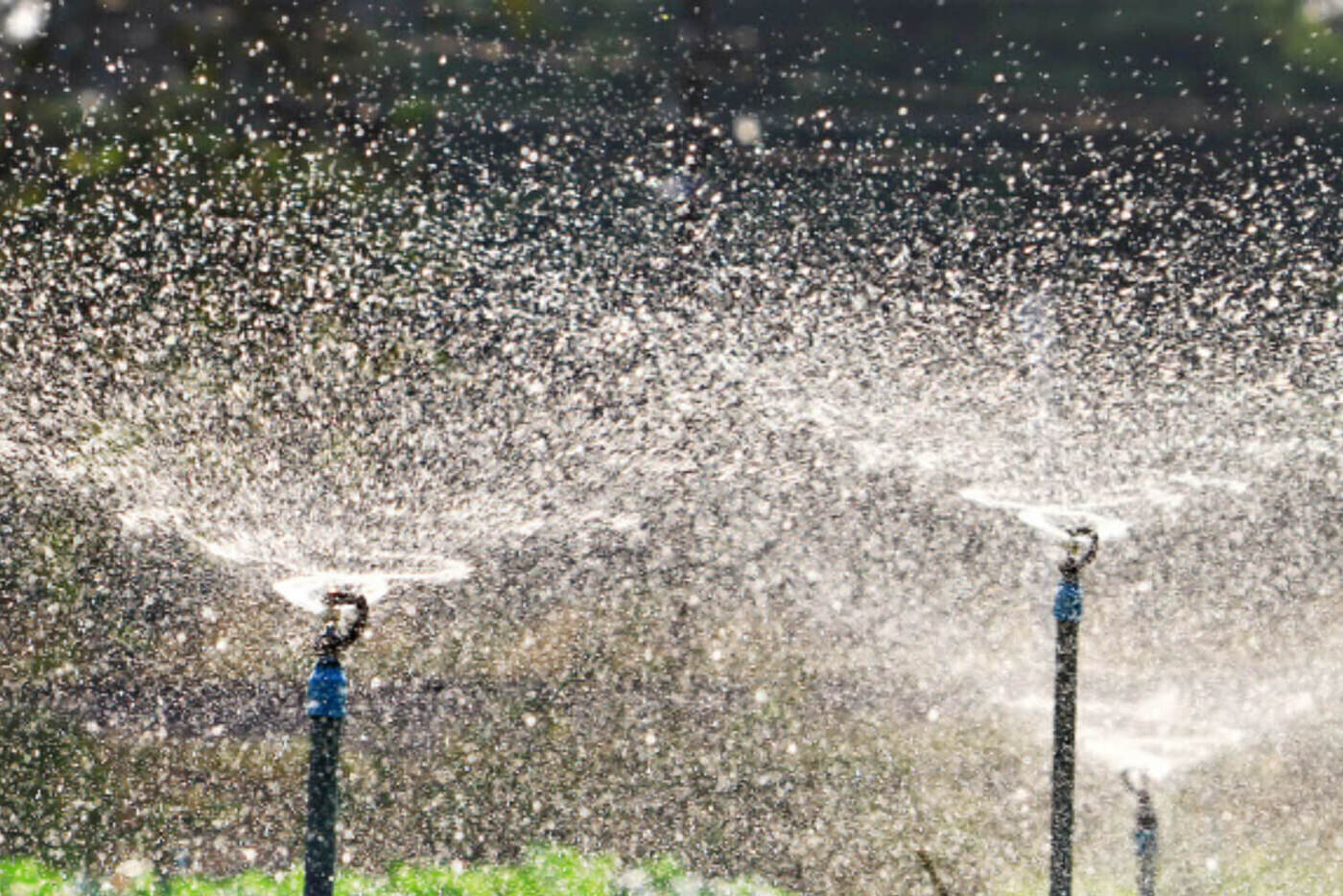
DWC systems use high-quality irrigation and aeration systems to oxygenate the root zone of the cannabis , creating a thriving environment and resulting in highly productive yields. With careful maintenance of the water supply, cannabis farmers can enjoy years of success with their cannabis crops with the help of a water culture system.
Compared to soil-based cannabis cultivation, DWC offers numerous advantages, including improved consistency of growth between plants, superior oxygenation, which helps cannabis take in more organic nutrients and vitamins, faster turnaround times due to its accelerated growth rate, and greater efficiency of water and organic fertilizers usage compared to soil-based cultivation.
Additionally, many cannabis growers find that due to the improved aeration of the root systems provided by a DWC system, they can often produce bigger yields with higher potency. With its many benefits, it's no wonder that many cannabis industry professionals are choosing to grow cannabis with Deep Water Culture methods.
Nutrient management in DWC cannabis growing requires frequent monitoring of the nutrient solution and regular adjustments according to the pH level of said solution and the specific stage of cannabis growth. To keep cannabis strong and healthy, important considerations must be taken into account, such as how to balance the nutrients correctly and in what amount.

At certain stages throughout cannabis growth, more or less potassium should be added to ensure the cannabis is thriving in its given environment. Not only can cannabis growers achieve ample yields when proper nutrient management practices are implemented, but successful harvests will also result in high-quality products that stand up against others. Mastering nutrient management while using DWC cannabis growing gives cannabis growers a truly rewarding experience!
DWC cannabis growing is a hydroponic technique where cannabis are grown in nutrient-rich water instead of soil. It means that cannabis growers must select grow material that can support and stabilize the root system and properly absorb nutrients from the reservoir. For cannabis, one of the most popular types of material to use is expanded clay pellets, also known as Hydroton® or Growstones®.
These lightweight pebbles provide an ideal balance between air and water, contain no hidden salt buildup, are natural pH neutralizers, and are pH resistant when properly cured. In addition to being extremely efficient in water storage and oxygen transfer, these little pieces of clay make excellent media for cannabis growth due to their ability to distribute water evenly and promote healthy root development.
When it comes to growing cannabis, one of the premier methods for doing so is through Deep Water Culture (DWC), as this technique offers numerous benefits and environmental control factors. Compared to other cannabis growing options, DWC boasts supreme convenience, accessibility, healthful microbial activity, and long-term sustainability.
By utilizing an integrated system of interlinked buckets connected to a central reservoir and nutrient pump setup, cannabis growers can optimize all necessary environmental factors without significant modifications or additions to their system—climate, temperature/humidity, and light are often regulated by adjusting only a few parts in the setup while monitoring pH levels are also made easy with the assistance of nutrient principle measurements.
All these elements play an essential role in cannabis growth and make DWC one of the simplest yet most effective cannabis production systems available today.
Deep Water Culture (DWC) systems offer cannabis cultivators several notable advantages for their cannabis grows operation. By suspending cannabis in nutrient-enriched water and providing a steady air pump to oxygenate the roots, DWC systems keep cannabis continuously rooted in a plentiful supply of nutrients and water.
It eliminates the need for frequent maintenance, such as changing the substrate medium or breaking up clumped soil—which can disrupt critical root development—and simplifies cannabis cultivation overall. Plus, DWC systems reduce the risk of root rot and over watering for cannabis growers, allowing them peace of mind when growing cannabis crops with considerably less effort.
And because cannabis get all their nutrition directly through the roots and oxygenate quickly in water versus other soil-based mediums, they also tend to grow substantially faster with more explosive growth than cannabis grown in traditional cultivation methods. Though slightly costlier upfront than traditional soil-based operations, utilizing a DWC system offers cannabis growers a wealth of advantages that lead to quicker growth time and increased yields season after season.
While Deep Water Culture (DWC) is an efficient cannabis growing system, enabling cultivators to keep a close eye on their crops by monitoring the nutrient density of the water's pH values, it has disadvantages. As cannabis plants need an ample oxygen supply to grow healthily, DWC systems don't allow this as the roots are entirely submerged in water and not exposed to any air.
There is also no leeway for cannabis cultivators utilizing DWC systems to customize their nutrients; custom mixes are not an option, as all cannabis must receive the same amount of consistent nutrients from the same solution. Lastly, these cannabis pots require consistent water flow, and electrical pumps should be used - which poses additional costs for cannabis growers.
Nutrient Film Technique (NFT) is a hydroponic method that cannabis growers can use to ensure success with their crops. This special method ensures cannabis can reach their highest potential for efficient, successful growth. The cannabis plant requires generous amounts of oxygen, water, nutrients, soil-free rooting mediums, and constant nutrient solution flow to thrive under this method.
NFT cultivation consists of cannabis roots suspended in an open-air environment, which brings several benefits, including healthy root systems and adequate aeration. Sentenced cannabis cultivators should strongly consider introducing the Nutrient Film Technique into their cultivation operation. It is an effective way of growing cannabis and seeing great yields while controlling costs.
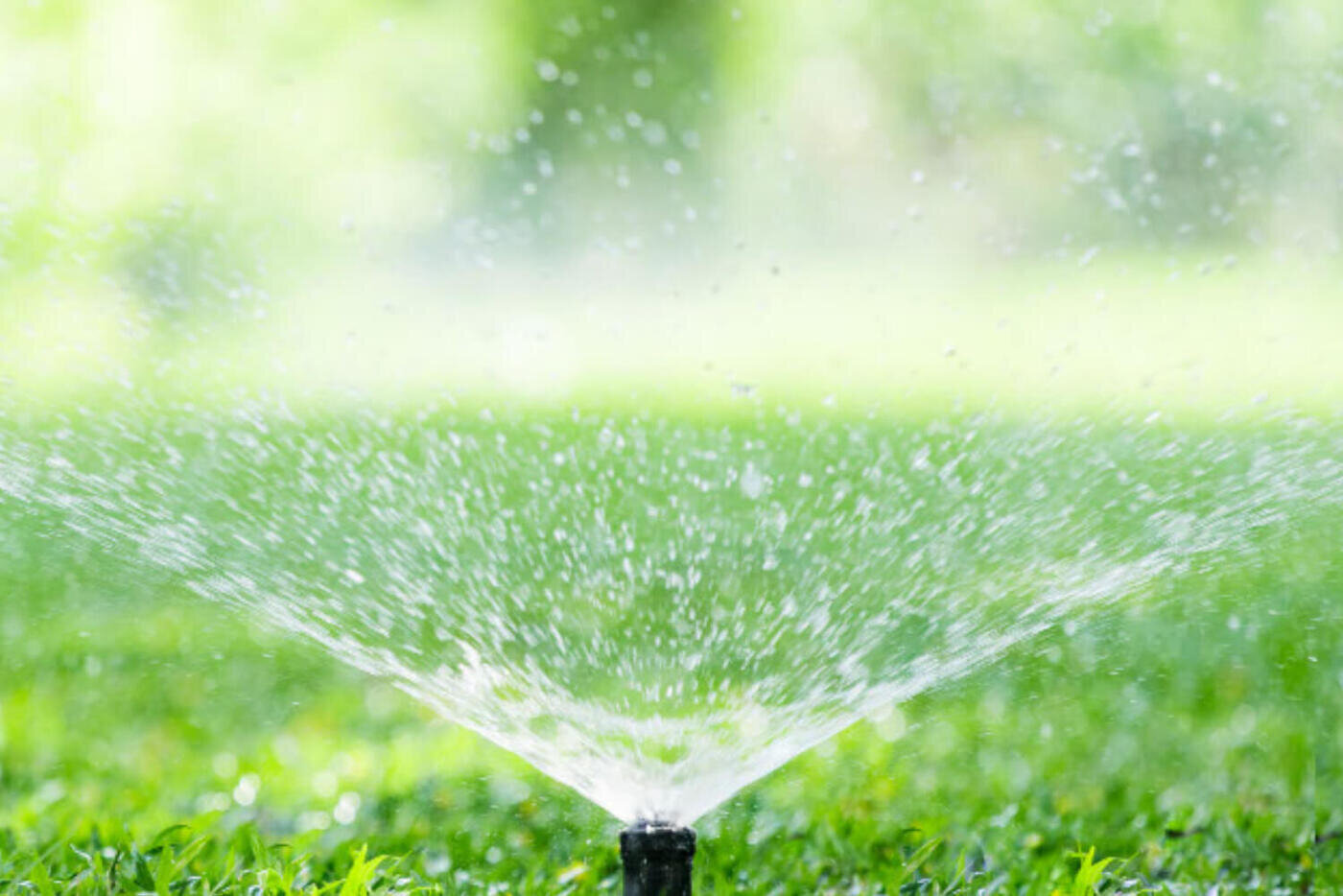
Nutrient Film Technique, or NFT, is one of the most efficient indoor cannabis growth systems available on the market. In a hydroponic cannabis lab, the NFT technique allows cannabis to thrive with minimal effort. This system continuously flows water and nutrients over the cannabis roots. As cannabis is suspended in the air, they can absorb more oxygen and grow faster with fewer nutrient deficiencies than other indoor cannabis growing methods.
Furthermore, this process requires less energy than other indoor cannabis growing systems and less space for cannabis production. The Nutrient Film Technique requires some maintenance, but when properly managed is an affordable and reliable method for indoors cannabis farming in a hydroponic lab.
The cannabis industry is evolving in multiple directions. One of the latest methods businesses rapidly adopt is the Nutrient Film Technique (NFT) system for cannabis production. NFT uses a closed-looped system to ensure that water, air, and nutrients are delivered directly to the cannabis plant’s roots, providing a simplified and efficient method for cannabis farming.
The result is cannabis with higher potency and a much shorter growth cycle than traditional cannabis production processes. Cannabis producers are also finding that this technique helps preserve precious resources by taking advantage of technological advances to recycle nutrient-enriched water for use in future crops, reducing costs and lead times associated with the cannabis-growing process.
Utilizing NFT systems allows producers to capture gains at rapid speeds while ensuring they can provide quality products to their customers on time. This system delivers nutrients and moisture to the cannabis from a constantly moving water flow.
A long, thin film of nutrient-rich irrigation water runs along the base of each cannabis plant allowing roots to become well-established in an enclosed environment. Most roots develop close to the top of the growing medium, with some even poking through the Waterproof Membrane Liner (WML).
This type of cannabis production gives plants a much wider range of access to oxygen, nutrients, and light - creating stronger, healthier cannabis that can handle larger yields. Additionally, NFT systems ensure cannabis receives constant hydration and nutrition without the risk of damage from overwatering. As one can see, cannabis producers recognize the many benefits of implementing an NFT system into their grow operation.
The cannabis industry is continually evolving, and one of the most beneficial developments in recent times is the Nutrient Film Technique system. It's an efficient hydroponic cannabis farming technique that provides many key advantages over traditional cannabis growing methods, such as reducing water consumption, increasing growth rates, and increasing yields. The nutrient Film Technique encloses cannabis roots in a film of the nutrient-rich solution, encouraging increased oxygen circulation and providing plants with direct access to essential nutrients.
In comparison with soil-based cannabis growth environments, this method also encourages faster germination times which leads to an overall improved cannabis experience. The Nutrient Film Technique is an excellent choice for cannabis growers because its advantages can lead to higher yields and faster crop turns.
The cannabis industry has several methods of cannabis farming, with the Nutrient Film Technique (NFT) system being one of the more popular options. While it offers cannabis cultivators some diversity in adapting to different situations, several drawbacks come with using an NFT system.
Many cannabis require more space than what is available via an NFT system, as well as areas for root systems and more exposure to light than an NFT can provide. Additionally, because cannabis will absorb the minerals from water quickly, any difference in the nutrient levels can cause problems with a cannabis crop grown using an NFT system.
Finally, cannabis requires regular maintenance when cultivating using an NFT system; molds and fungus can set in quickly unless proper care is given. For cannabis cultivators who want to reap the rewards of diversity amidst their operations and have a successful cannabis harvest, they should carefully consider whether or not an NFT system is right for them.
Introducing cannabis growers to the many benefits of drip irrigation systems may seem like a no-brainer, given the long list of advantages they offer. Using a drip sub irrigation cannabis system can greatly improve water efficiency and reduce labor costs while giving the plants an even distribution of nutrients. This type of cannabis drip irrigation system also helps reduce erosion, runoff, and leaching from cannabis plant beds.
Furthermore, cannabis drip irrigation systems can effectively reduce disease in cannabis gardens by actively regulating water quality and avoiding wetting your hands—a common source of fungal infections for cannabis growers. The precision and control of cannabis irrigation provide cannabis farmers with a wealth of options to ensure their crop gets exactly what it needs without wasting any precious resources—ensuring consistently high yields with healthy products.
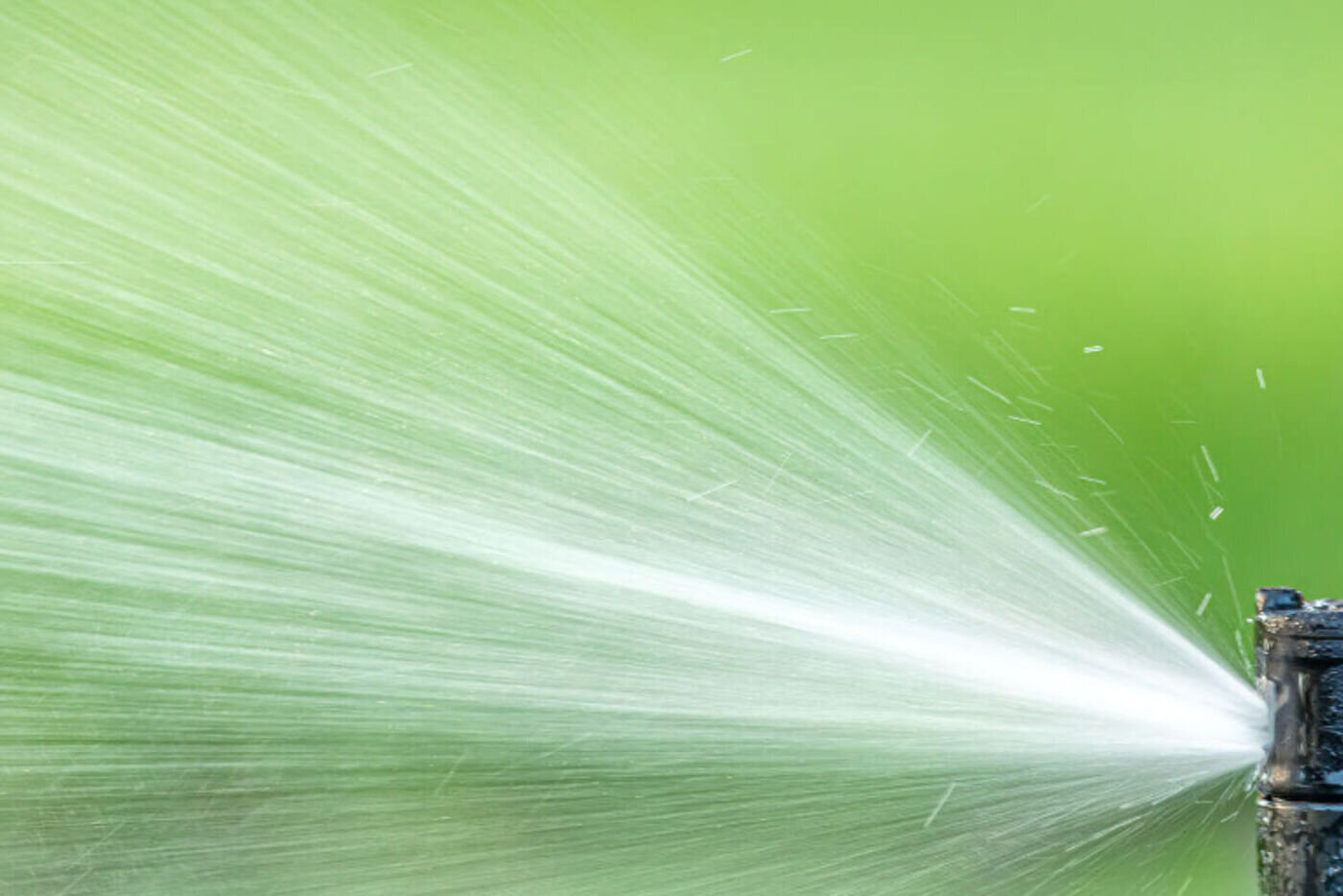
With the cannabis industry continuing to grow, we cannot underestimate the importance of implementing drip cannabis irrigation setup. This technology is incredibly appealing to cannabis farmers due to its irrigation process, which is specialized and targeted.
Drip irrigation is extremely beneficial for cannabis because they utilize less water than traditional irrigation systems and deliver water, nutrients, and dissolved oxygen directly to the cannabis root zone. In addition, the water used will never pass through the foliage and reach key parts of the plant; this stops mold from forming on cannabis leaves by eliminating excessive humidity levels.
Furthermore, the drip irrigation for cannabis can lower disease-associated risks by flushing with disinfectants or particular chemical additives when needed. As a result, it becomes evident why such cannabis drip irrigation has become an essential tool of cannabis farming operations: it helps maintain ideal temperature and humidity levels.
Growing cannabis can be complicated, and implementing the right irrigation type is essential. Drip irrigation for cannabis is an incredibly effective method of watering as it allows for precise and consistent water distribution throughout your cannabis garden. This system works by connecting drip emitters to flexible tubing and regulating a desired water flow rate near cannabis root systems, delivering just the right amount of water to each plant uninterrupted.
.jpg?1672943837768)
As the Drip Irrigation does not require much human involvement or maintenance, it is often seen as an ideal option for cannabis producers. The efficiency of this system provides cannabis roots with oxygen-rich air, which results in healthier plants producing larger yields of more potent cannabis products.
1. Drip line Irrigation system
For cannabis farmers, finding the optimal way to water their plants is essential to ensure a successful crop. Drip Line Irrigation systems are one of the best techniques cannabis farmers can use to ensure consistent, efficient growth of their cannabis production.
The system works by slowly releasing a precise amount of water to each cannabis plant through pipes connected to drip emitters. It ensures that plants never receive too little or too much water, thus minimizing stress and providing for healthier, more fruitful cannabis.
Furthermore, controlling soil texture and acidity levels is easier with Drip Line Irrigation as opposed to other methods, such as hand-watering, due to its precise nature and ability to make sure no plant gets left behind when watering time arrives. Cannabis farmers should consider taking advantage of this efficient irrigation type.
2. Bottle Drip Irrigation system
For cannabis growers, the Bottle Drip Irrigation is an innovative and groundbreaking tool that revolutionizes how cannabis is watered. Utilizing a simple water bottle and drip irrigation line, cannabis can get the exact amount of water they need every day, saving growers both time and effort.
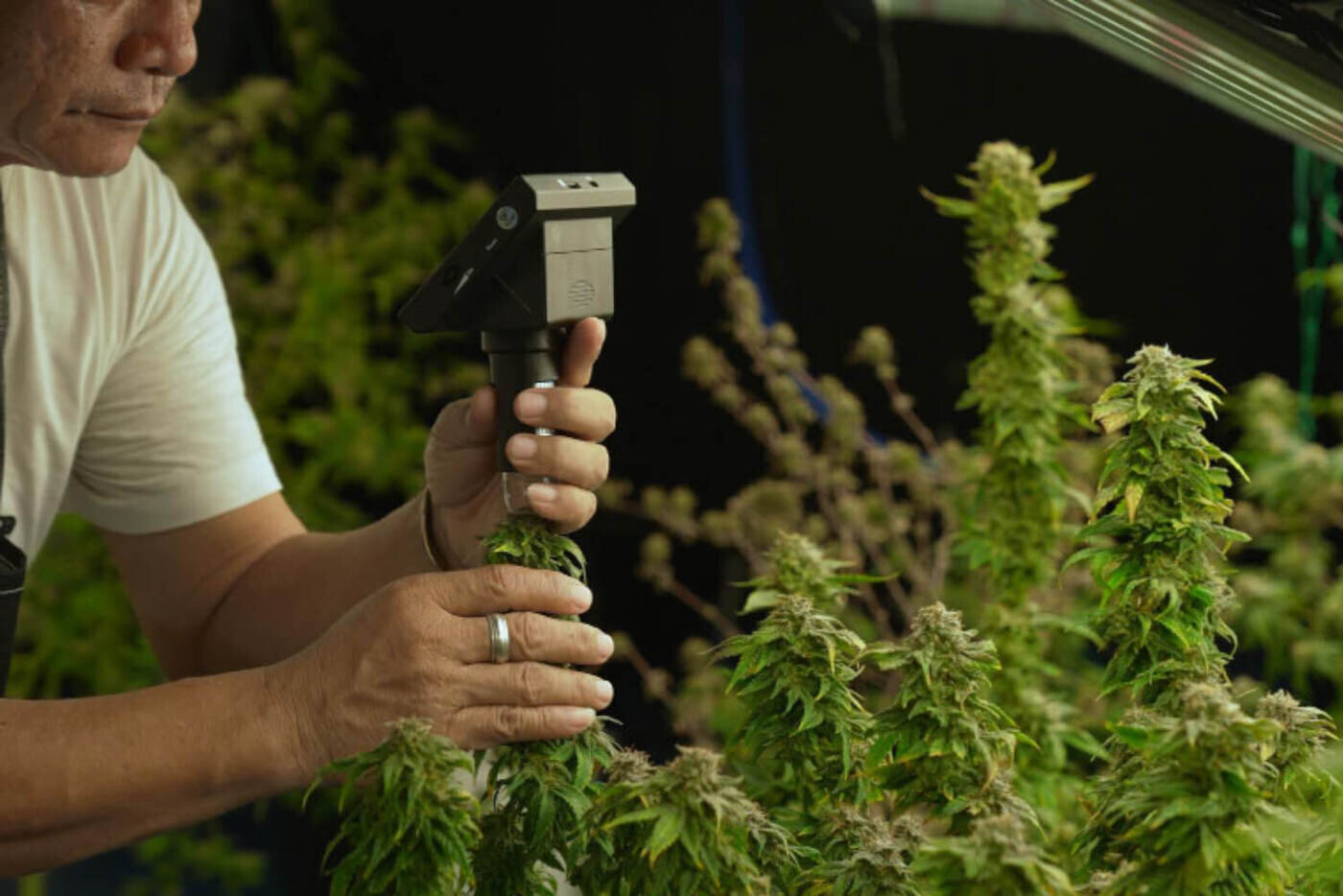
Instead of worrying about over or under-watering their cannabis , cannabis growers can easily trust that the Bottle Drip Irrigation is quietly and effectively working in the background to ensure that each plant receives precise amounts of hydration. Not only does this eradicate guesswork, but it also helps reduce unnecessary water waste - a win-win for cannabis planting!
Investing in indoor cannabis irrigation system can be a tricky industry - it is constantly changing, and important to ensure that your cannabis stays safe and regulated. An indoor drip system for cannabis is the perfect tool for cannabis growers looking to optimize their investments. By providing even distribution of water to each cannabis plant, an indoor drip system will help save time by automating the watering process.
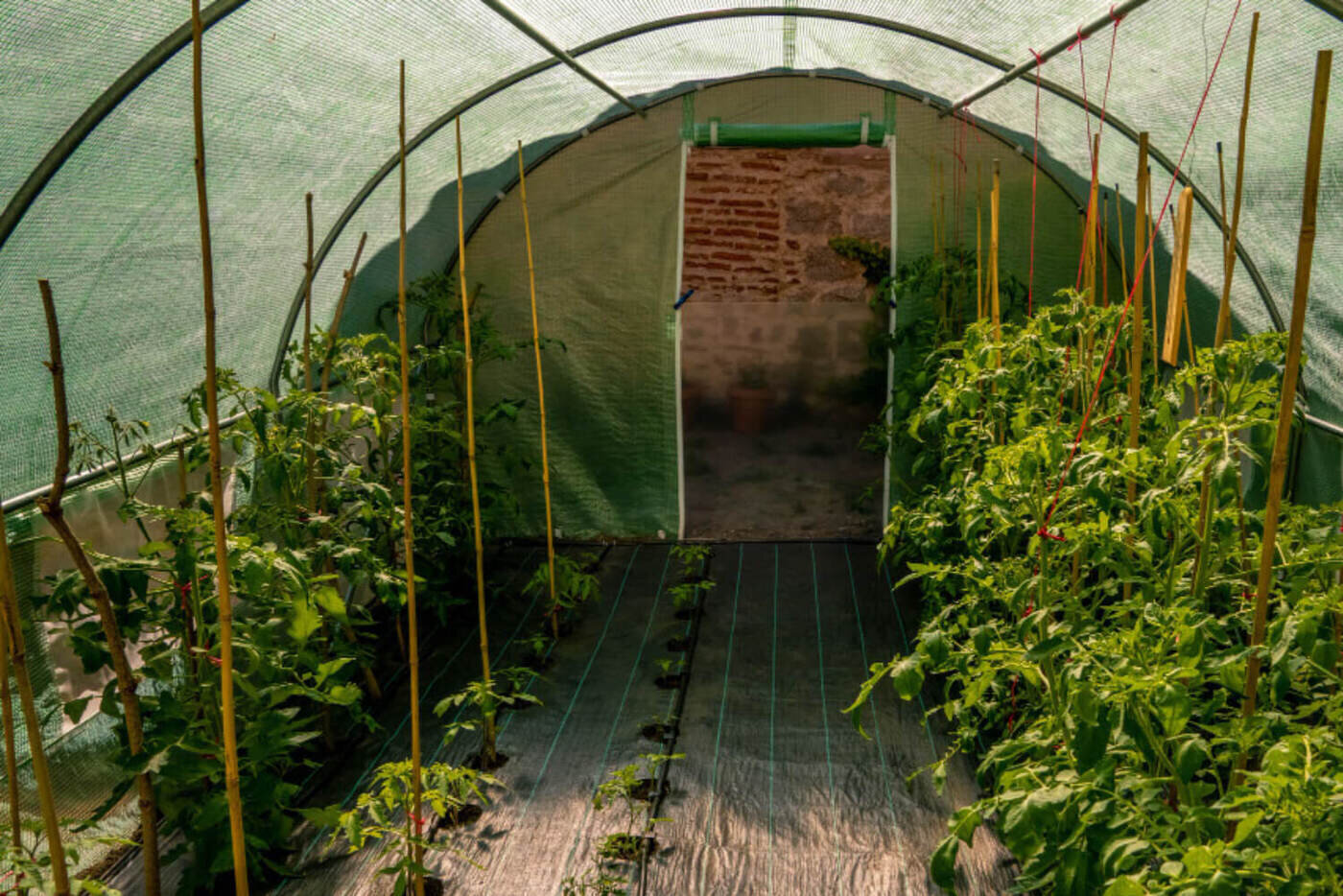
It will also help to keep conditions consistent so that cannabis receives all the nutrients they need to thrive in an indoor growing environment. By utilizing this sort of technology, cannabis growers can guarantee their safety and their plants' quality without having to worry about maintenance or other unforeseen errors.
The cannabis industry has recently seen a surge in popularity and production. One of the most important aspects of cannabis farming is proper irrigation. Many cannabis farmers are turning to a modern drip irrigation technique to ensure their cannabis receives the optimal amount of water.
With drip irrigation, cannabis growers can apply measured amounts of water directly to the root area of their cannabis , allowing for control over exactly how much water each plant receives. This method helps save an abundance of time, as it requires very little manual effort once the system is set up.
Furthermore, benefits such as reduced water usage, better weed control, and improved organic fertilizers are highly desirable for cannabis farmers who want to maximize yields. Drip irrigation systems offer various advantages regarding cannabis farming, ultimately resulting in higher returns for cannabis growers.
Though cannabis farming has grown exponentially in the past decade due to its legal usage in many states, traditional agriculture methods are still employed. One of these methods is drip irrigation, which, while commonly used for cannabis farming and believed to have several benefits, is not without drawbacks as well.
This system harnesses water and nutrients to cannabis by installing tubing and emitters throughout a garden bed. While this provides more concise irrigation around cannabis, the additional costs of buying and maintaining parts can be higher than normal sprinkler systems; they might also need expensive repairs if clogging occurs.
Fertility inputs dispersed via this system are less likely to be transferred into deeper soil depths and, therefore, could restrict root growth from reaching moisture that lies beneath. Ultimately, before deciding between different types of cannabis farm irrigation systems like sprinklers or drip emissions, cannabis farmers should analyze their environmental conditions and financial situations before deciding which one best suits their needs.
The cannabis industry is constantly evolving, and cannabis products are becoming increasingly popular, so it is no surprise cannabis growers are turning to more efficient techniques to manage their crops better. The introduction of EBB and Flow irrigation systems is helping cannabis growers with the delicate balancing act of growing cannabis, as they are designed to keep a crop watered and nourished in the most economical way possible.
This system eliminates overwatering by controlling the flow of water and pressure of water into the root system, preventing root rot and excessive nutrient loss due to evaporation. In addition, it also reduces labor costs for cannabis operations since there is no need for manual watering. With the introduction of this new method of irrigation, cannabis producers can ensure their product stays healthy while saving money on resources.
EBB and Flow irrigation is a crucial component of cannabis planting. This type of system employs two main components - reservoir tanks that store water and hydroponic clay pebbles or similar material in which cannabis is securely rooted.
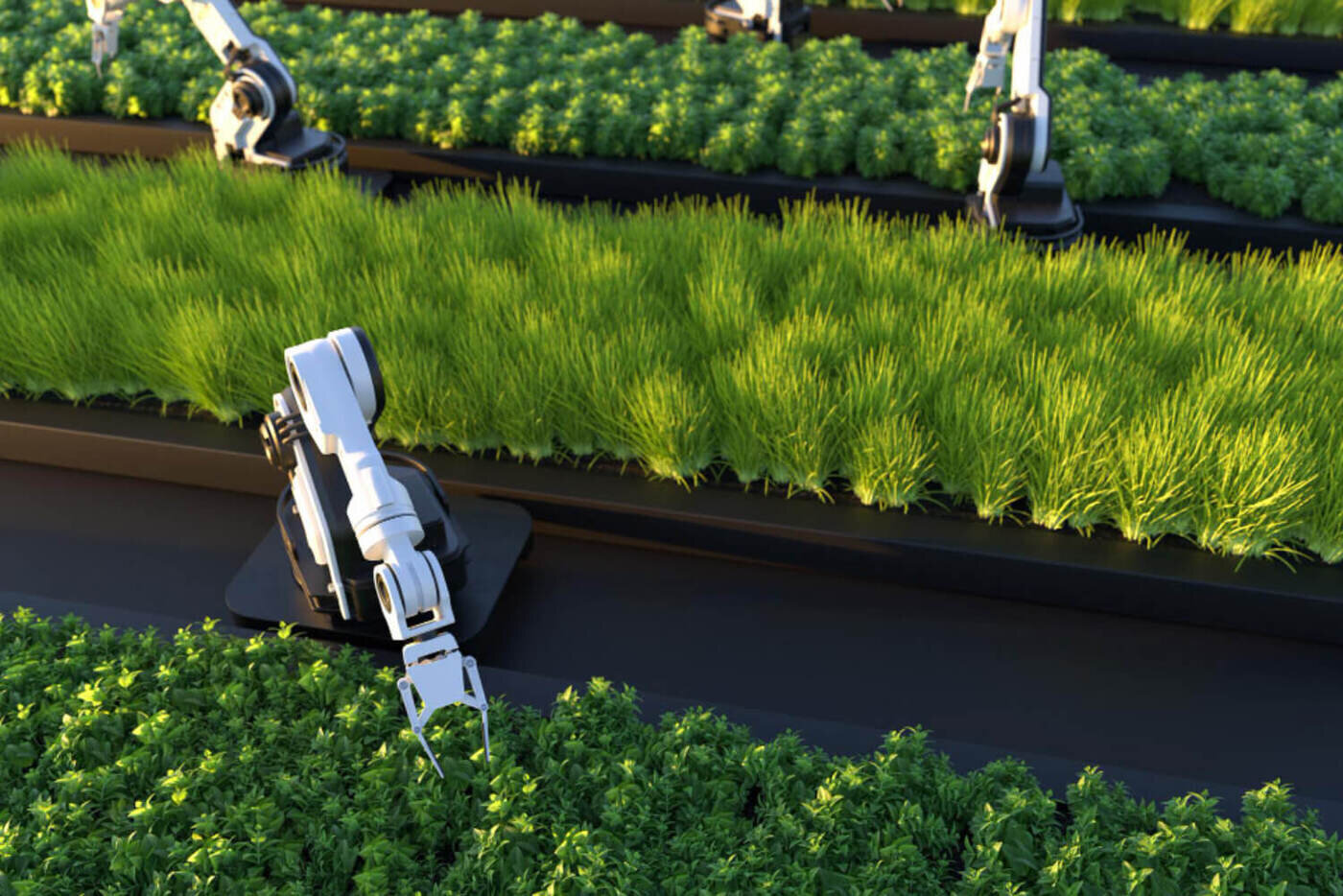
In an EBB and Flow irrigation system, cannabis roots can benefit from a supply of oxygenated nutrient solutions that promote healthy growth. As the cannabis uses the nutrient solution, it starts to flow back into the reservoir tank with freshwater, allowing for continuous circulation of nutrients and moisture around cannabis plant roots.
The importance of these systems extends beyond just cultivation; they offer several advantages, such as efficiency, automated system and reduced costs, compared to other agriculture systems. Cannabis growers benefit greatly from the labor-saving qualities associated with EBB and Flow irrigation systems.
The EBB and Flow irrigation is a popular method of cannabis farming. It allows the cannabis to intermittently receive water, resulting in larger, more consistent cannabis yields. The EBB and Flow system typically works with large containers of cannabis positioned on raised platforms, with the cannabis receiving water from below.
A water pump cycles a large tank of nutrient-rich water up and through the cannabis root systems in each container; this action flushes any accumulation of salts or minerals that can inhibit cannabis growth due to their detrimental effect on the water’s pH levels.
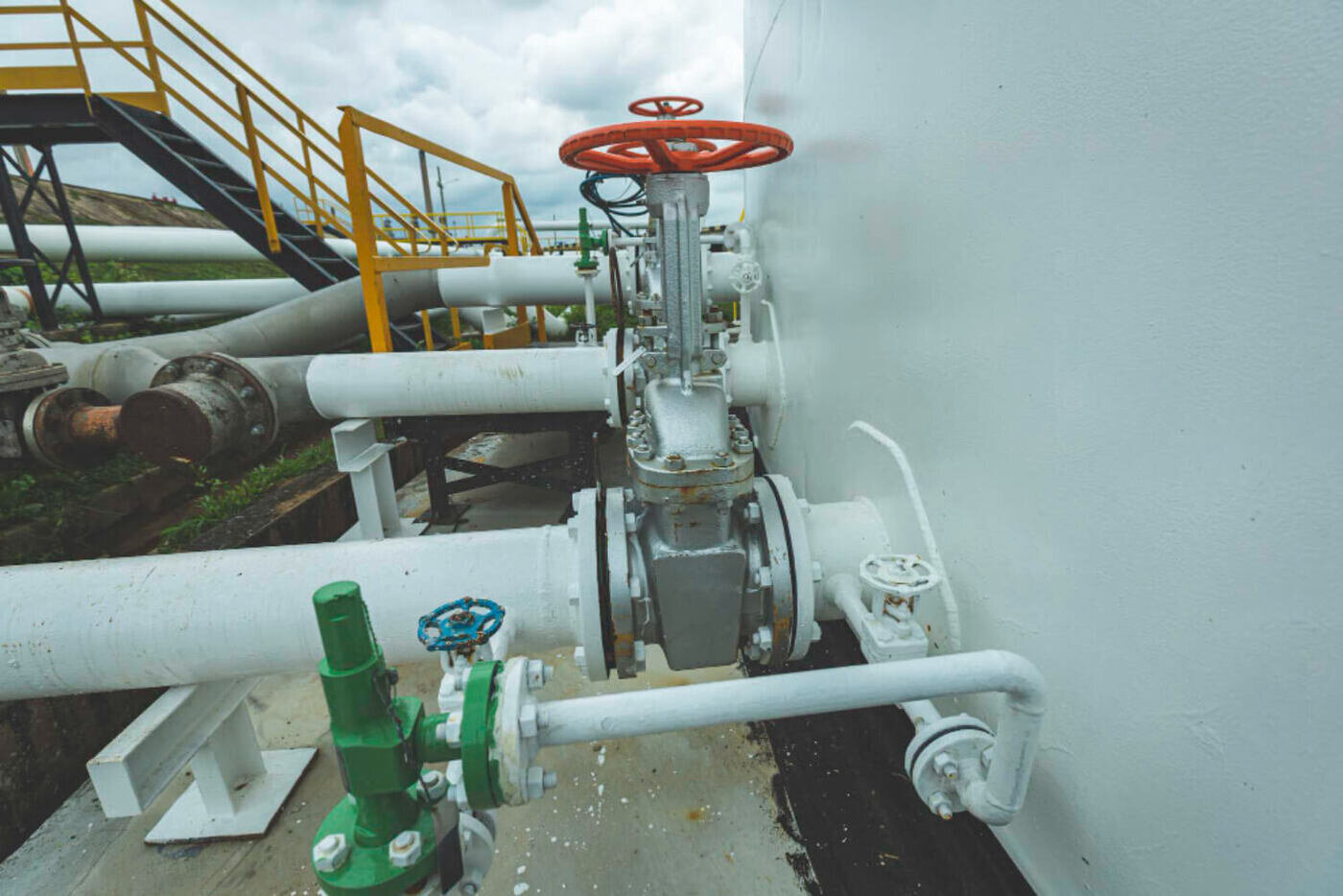
Once the platform is flooded and reaches the desired height, a timer valve shuts off the Flow. The cannabis then rests until it floods again at its predetermined intervals, depending on what type of cannabis is being grown. This controlled flooding method helps activate deep rooting systems, promoting healthy growth for better yields.
The cannabis farming industry is expanding rapidly, and it's more important than ever for cannabis cultivators to consider the different irrigation systems available to identify the best system that suits their needs. One popular irrigation system particularly beneficial for cannabis is the EBB and Flow (or Flood and Drain) method.
This technique involves flooding a container with the nutrient mix at certain intervals, allowing roots to immerse themselves in moisture for a short time before draining off the excess water.
This system provides several advantages: it utilizes less water overall since there are no water losses through evaporation; it can deliver nutrients directly and evenly to root zones; and unlike other methods such as drip systems, there is no need for fancy timers or complicated electric components – just one basic timer. All these features make EBB and Flow irrigation an attractive option for cannabis cultivators seeking an effective way to irrigate their crops.
The cannabis industry often uses EBB and Flow irrigation systems to provide the correct amount of water necessary to effectively grow cannabis crops without the risk of overwatering. Unfortunately, however, this system is not without its disadvantages; foremost among them being a much higher cost than more traditional forms of cannabis irrigation.
Additionally, maintaining such an intricate system requires extra labor; not only does someone have to manually set timers for each watering cycle, but clogged tubing and blocked pipes can occur if not regularly cleared, further increasing associated costs.
Growing cannabis requires consistent care and attention to ensure a successful crop, so any increases in labor associated with an EBB and Flow system could be significant-- leading to expenses beyond what would traditionally be expected.
Introducing cannabis growers to a new and exciting way of growing, Aeroponics irrigation systems provide opportunities for optimal cannabis production. Using air and water rather than soil, Aeroponics systems allow cannabis to take in more oxygen and nutrients from the user-supplied solutions.
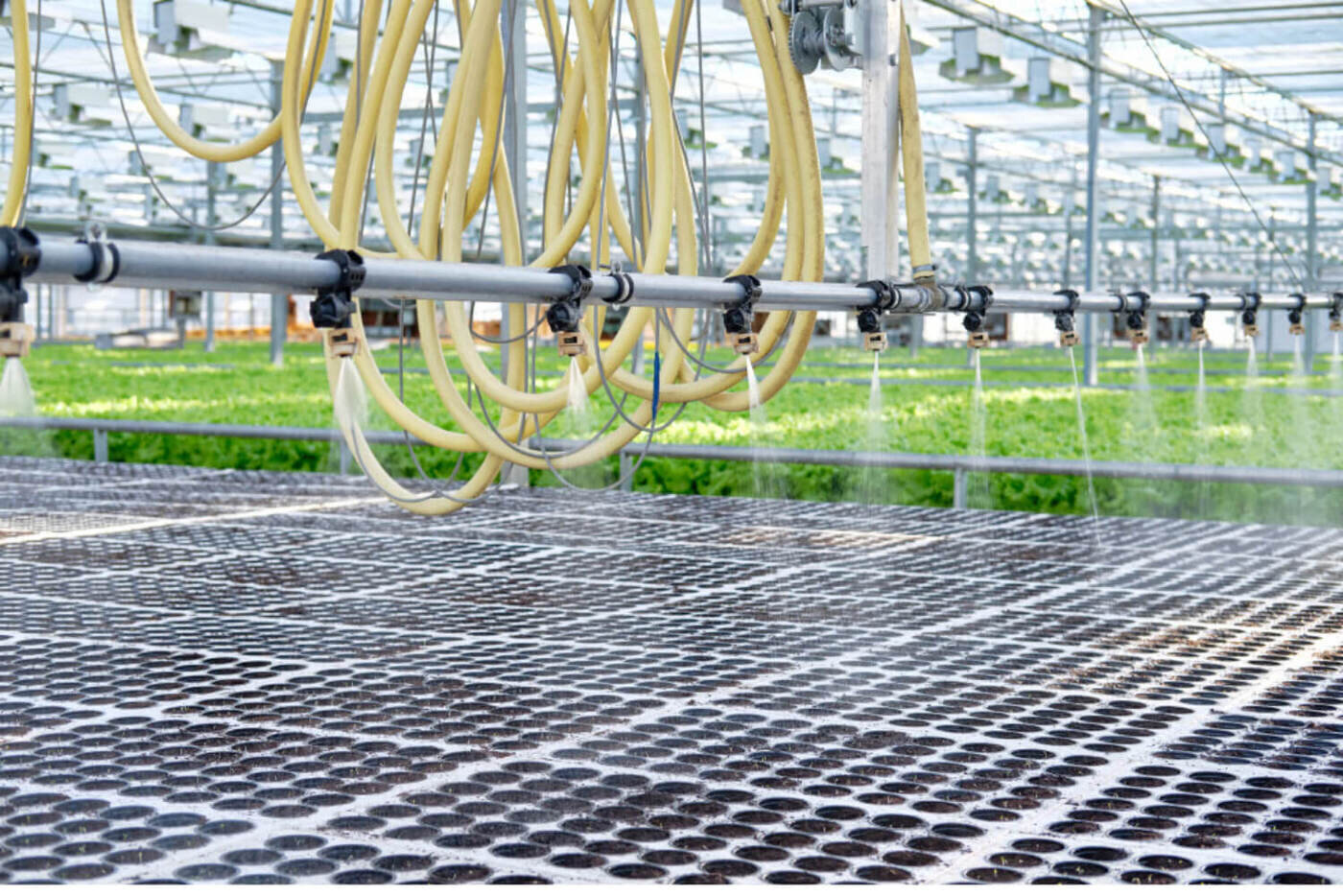
This creates an ideal environment for cannabis to grow quickly and efficiently, with better yields than other traditional methods. Not only does Aeroponics Irrigation help cannabis reach their peak performance more quickly, but it reduces the likelihood of disease or pests damaging the plant – making it a great choice for cannabis production!
For cannabis farmers, Aeroponics is an incredibly important irrigation type. It utilizes a nutrient mist and air-water solution to provide cannabis crops with the nutrients and enough water they need. This irrigation method is more efficient than traditional methods since it uses significantly less water, enabling cannabis farmers to maximize their profits while being conscious of their ecological footprint.
The system provides cannabis with regular nutrition delivery and an often-ideal environment for growing cannabis. Because Aeroponics can create a more comfortable temperature and consistent nutrient dispersal rate, cannabis growth may accelerate compared to a traditional watering method.
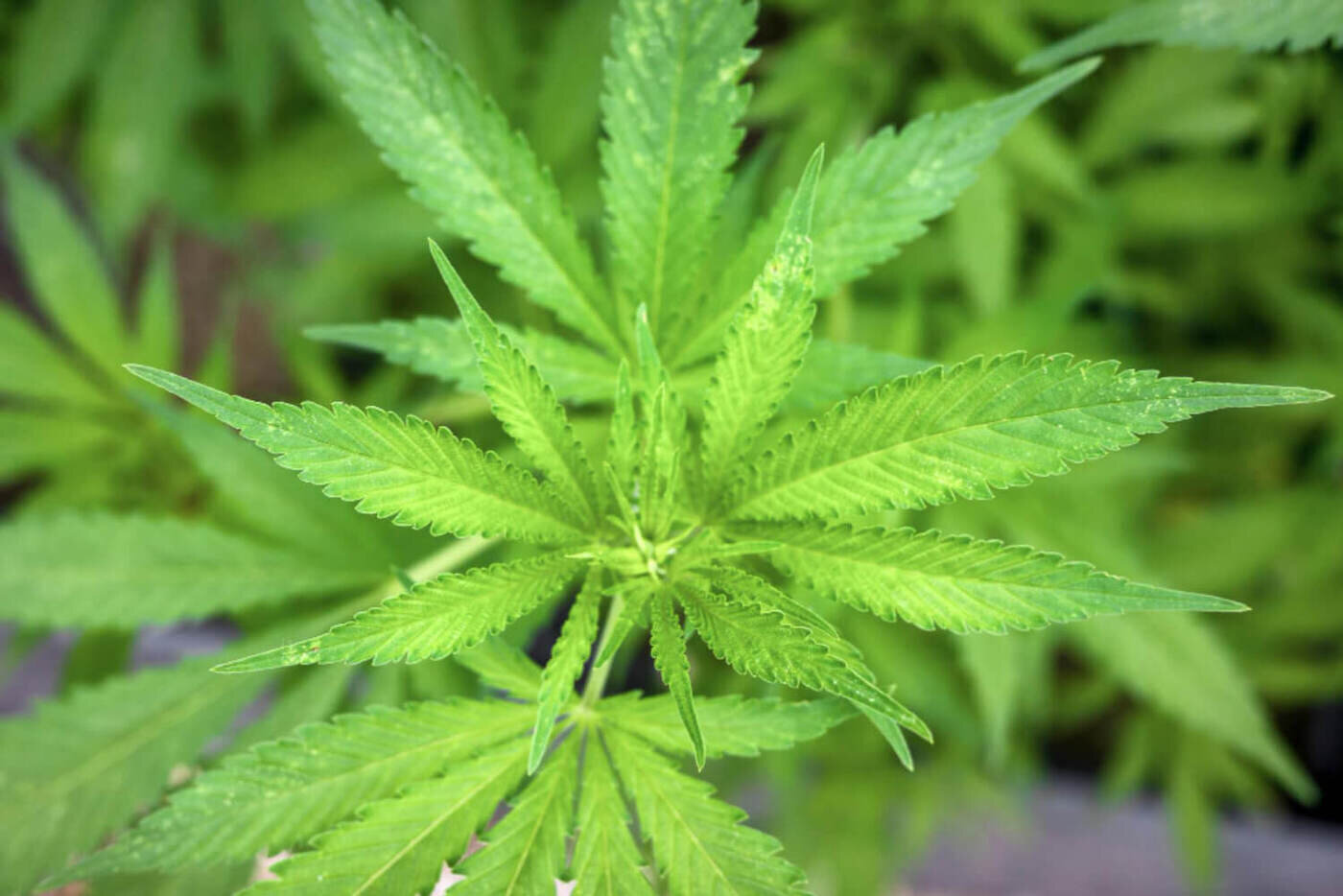
Aeroponic’s water cycle produces higher levels of dissolved oxygen which greatly improves the health of cannabis root systems allowing them to store food resources within the plant itself better—promoting even further accelerated cannabis growth. Ultimately, Aeroponics is a crucial tool for cannabis farming in today's market - not only for its efficiency but also for its ability to sustain successful long-term cannabis productivity.
Aeroponics irrigation is a revolutionary system when it comes to growing cannabis. This type of system utilizes the power of the air, and cannabis roots are supported in a net pot that feeds the roots with nutrient-rich misting or fogging instead of using soil or water like other cannabis-growing techniques.
As cannabis do not require much soil to survive and thrive, this technique makes cannabis growing much more efficient as less space overall is needed for the plants to achieve optimum growth rates. Aeroponics allows cannabis to be grown without any soil, as the roots are suspended directly into solid and liquid nutrients that offer superior results compared to traditional cannabis farming processes.
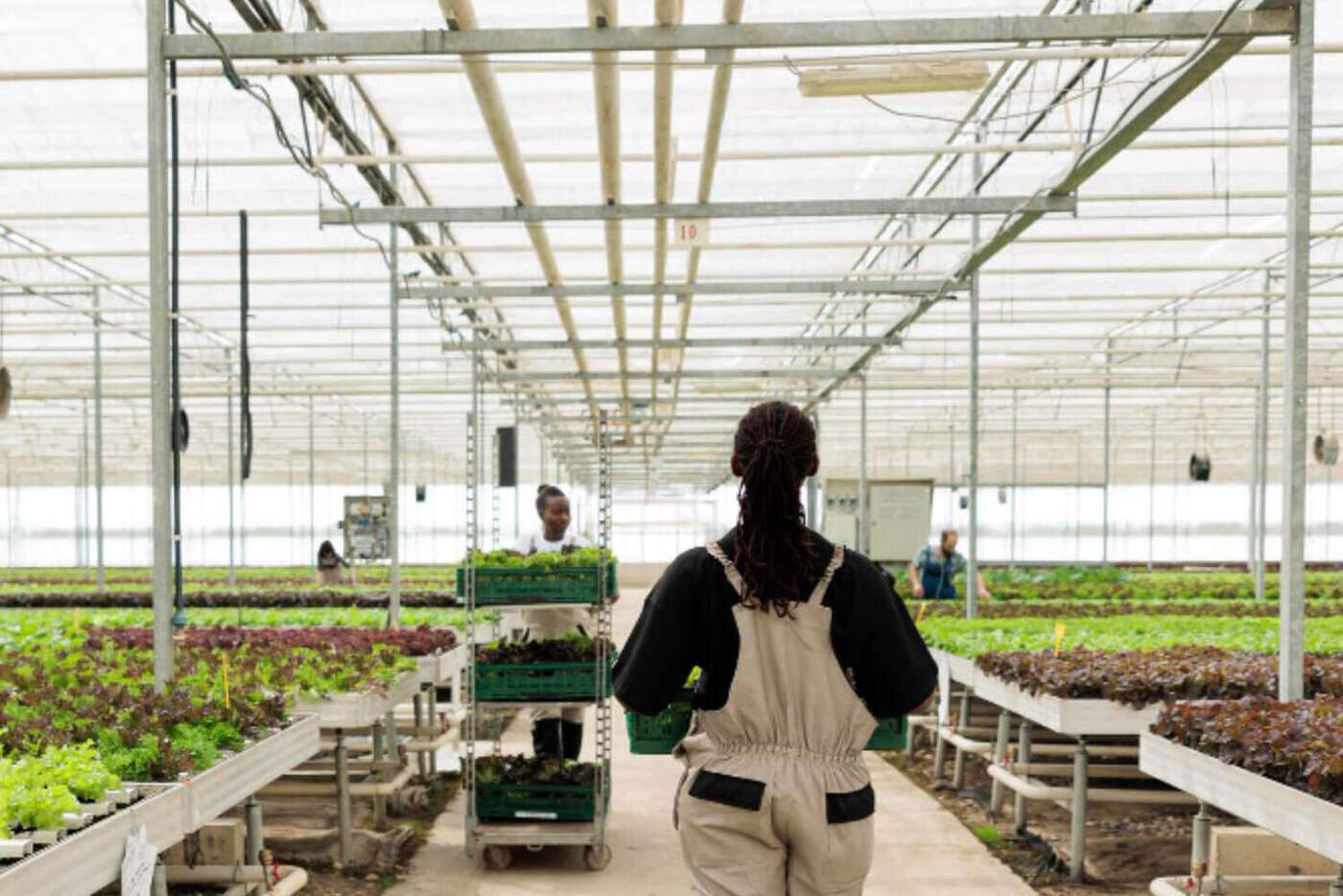
This method reduces hydro consumption significantly and allows growers to better control the plant's temperature and humidity levels, which translates into bigger yields with higher quality cannabis flower buds at harvest time. With Aeroponics irrigation systems for cannabis, inefficient growing processes have become a thing of the past!
1. Low-pressure Aeroponics
Cannabis farming is quickly becoming one of the burgeoning industries worldwide, and cannabis cultivators are always looking for ways to improve the quality of their crops. One efficient way to do that is using low-pressure aeroponics irrigation . This type of proper irrigation leverages a fine mist applied to cannabis roots at precise intervals to ensure optimal nourishment and consistent watering.
The low water pressure means less stress on cannabis and maintains accuracy in how much water cannabis receives. As cannabis cultivators seek to unlock the potential of powerful cannabis strains, low-pressure aeroponics irrigation systems can play an important role in ensuring cannabis crops work at their highest possible level.
2. High-pressure Aeroponics
There are a lot of potentials for cannabis farmers to be able to produce higher quality and more consistent cannabis with the use of high-pressure aeroponics irrigation. These high-pressure systems use phases of liquid cultivation and air to sustain cannabis incredibly efficiently, requiring less work from the farmer with exceptional results.
High-pressure Aeroponics uses pressurized chambers that are filled with liquid nutrition and oxygen-enriched water, which is then administered directly to cannabis roots in powerful yet precise jets. This method works exceptionally well in cannabis farming, providing a controlled environment that leads to an exceptional growth cycle.
By giving cannabis the optimal conditions for health and growth, these systems allow farmers to grow more viable cannabis while using far fewer resources than traditional cultivation methods.
3. Ultrasonic fogger Aeroponics
Ultrasonic fogger aeroponics systems are quickly becoming the irrigation method of choice for cannabis growers. Taking advantage of an advanced form of hydroponics, cannabis grown with an ultrasonic fogger aeroponics system receives the perfect balance of nutrients and enough water to aid optimal growth.

In addition to nutrient and water savings, cannabis with a consistent misting with this irrigation responds with rapid stem and root development. Furthermore, cannabis yields can be increased due to the quick-working nature of this particular irrigation style.
All in all, with its energy efficiency and high yields, the ultrasonic fogger aeroponics system should be considered by cannabis growers looking for more sustainable and productive cannabis harvests.
Aeroponics irrigation systems provide cannabis growers with various advantages over traditional growing methods. Primarily, it is up to 95% water efficient, meaning that cannabis receive the exact amount of nutrient-rich water they need and can waste no more. Additionally, the cannabis plant’s environment is much easier to monitor and customize due to being able to control the conditions inside of a closed system.
Commonly, inconsistencies in pH balance (which affects cannabis’ ability to absorb nutrients) and poor oxygenation can be difficult to overcome, but Aeroponics systems mitigate these problems effectively by maintaining ideal environmental conditions. Finally, cannabis potted within an Aeroponic system takes on much less space with faster yields making for an incredibly efficient method of growing cannabis at maximum potential.
Growing cannabis with Aeroponics irrigation has several advantages, such as reduced water consumption, but it is not always the best option. This system requires specialized knowledge to set up and operate correctly, and failure can cause plants to suffer stunted growth or even death.
In addition, the system can be expensive relative to other solutions, requiring frequent cleaning, monitoring, and maintenance. It also creates an environment that favors mildew and fungus production – both of which can damage cannabis crop yields – due to high humidity levels and restricted airflow.
For these reasons, it is essential for cannabis growers to thoroughly research all available methods before committing to one; this should include weighing up the benefits and drawbacks of using Aeroponics irrigation to determine if it will offer enough benefits to outweigh its potential risks.
To conclude, there is no single best irrigation system for cannabis. Different cannabis growers have different needs based on the size of their cannabis garden and other water requirements, so they must find an irrigation method tailored to these specifications. Some cannabis growers may find hydroponics the best option, while others may prefer using a drip or a sprinkler system depending on their cannabis plants' specific water needs.
It's also important to consider what type of environment the cannabis grower plans to use for their cannabis - if the grower is looking for an organic and all-natural option, then a hand-watering method or one that uses rainwater collection is generally the best solution. In any case, it's important to choose an irrigation method that meets both the cannabis garden's specific needs and user preferences.
Disclaimer: This material is for informational purposes only and should not be relied on for legal, medical, financial, or any other form of professional advice.